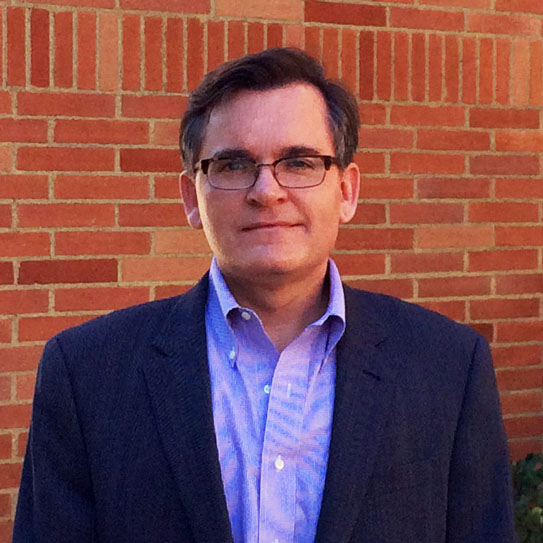Two survivors share stories of grooming, emotional manipulation and sexual abuse by nuns in the Catholic Church.
The predator nun walked into Trish Cahill’s life straight out of the blue, on a busy summer day in the late 1960s.
Cahill was a teenager back then, wire thin with long, chestnut brown hair framing her face. She was babysitting her cousins in Glen Rock, New Jersey, and there were eight of them to look after ― a big Catholic family, much like her own.
One cousin was playing outside that day and Cahill had another little one in a high chair in the kitchen. It was quite a common child care tactic at the time, she said ― stick a kid in a playpen in the yard and watch through the window while doing chores and taking care of the others inside.
Cahill was washing dishes at the sink when she looked up and spotted a nun, in a full religious habit, hovering over the baby’s playpen.
At that point in her life, the teenager was still trying to make sense of a painful secret ― the sexual abuse she says she experienced just years earlier from her uncle, a Catholic priest. So when she saw the nun leaning over the baby, Cahill said, she sprinted outside to protect the child.
“It was like, ‘You’re not going to touch her, you’re not going to put your hands on her,’” Cahill remembers thinking.
But the nun she met took her by surprise.
For over a year, the Roman Catholic Church has faced a reckoning over the crime of clerical sexual abuse. Catholics are once again demanding answers about bishops’ mishandling of abuse allegations, after high-profile scandals in the U.S., Australia and Chile toppled prominent figures. In response to this renewed call for transparency, Pope Francis acknowledged for the first time ever this February that nuns have been victims of sexual abuse by priests and bishops. Nuns from across the world have come forward to share their stories and demand change.
But stories like Cahill’s, about nuns being the perpetrators of sexual violence, have largely been lost in this new wave of accountability. Although abuse allegations against “women religious,” meaning nuns and Catholic sisters, are rarer than allegations against priests or monks, Cahill and other survivors of nun abuse are convinced that there are more stories out there. But because of gender stereotypes about female perpetrators of abuse, it is much harder to see the broader picture.
As survivors push more states to extend their statutes of limitations for child sex abuse cases, experts believe more of these stories will start coming to light.
“Why are they not coming out?” Cahill mused about fellow survivors of abuse by nuns. “They don’t have any other survivors to see what’s happened. They’re the only one.”
“The boys thought they were the only ones for a hundred years,” Cahill added. But now, she said, “the girls think they’re the only ones.”
In 1994, the Sisters of Charity agreed to an out-of-court settlement with Cahill, according to documents provided by Cahill’s current lawyer James Marsh. The settlement had a confidentiality clause that prevented Cahill from talking to the media about her claims. In the agreement, the Sisters of Charity denied that the order was negligent or otherwise legally responsible for Cahill’s abuse. (The order declined to tell HuffPost where it stands on that statement today).
Marsh told HuffPost that back in 1994, there were fewer options available to victims seeking justice ― so for the Sisters of Charity to offer any financial compensation may have seemed an act of charity at the time.
“Trish got caught in this trap where zero times zero is zero and some money is better than no money,” Marsh said. “That was a reasonable position to take in 1994.”
Marci Hamilton, CEO of the advocacy organization Child USA, told HuffPost there has been so much publicity about boys being sexually abused by priests that it detracts from the fact that there have also been a number of girls sexually abused by priests and girls sexually abused by nuns.
“Abuse by a female nun of a girl, it’s so far outside the expected parameters of what we read about,” Hamilton said. “It’s hard enough for victims to come to terms with what really happened to them, but to try to come to terms with something that doesn’t seem to be happening to anyone else is doubly hard.”
Most survivors take years to come to terms with childhood sexual abuse. Studies suggest that the average age that victims disclose their abuse is 52. This means that by the time survivors are ready to come forward, they’ve often missed the legal deadline ― or statute of limitations ― to pursue their claims in court.
Marsh, Cahill’s lawyer, said when his client got her life together in the 1990s and realized that what happened to her was abuse and exploitation, she was far outside New Jersey’s statute of limitations.
But changes are brewing.
Marsh said he is now considering taking legal action against the Diocese of Camden and the Sisters of Charity based on his client’s claims. If that happens, it could be the first time Cahill’s claims are heard in court.
“Trish’s long struggle for accountability exemplifies the pain and despair that so many victims and survivors experience,” he said. “Now that the playing field has been leveled in New Jersey, Trish and others like her can hold accountable the institutions responsible for her abuse and begin the long, difficult, but hopeful, process of recovery.”

They got away with so much. Destroyed my family. Lied to me. They led me to consider ending my life. Lied to my Father to keep their ugly secrets. I hope they roast in hell.